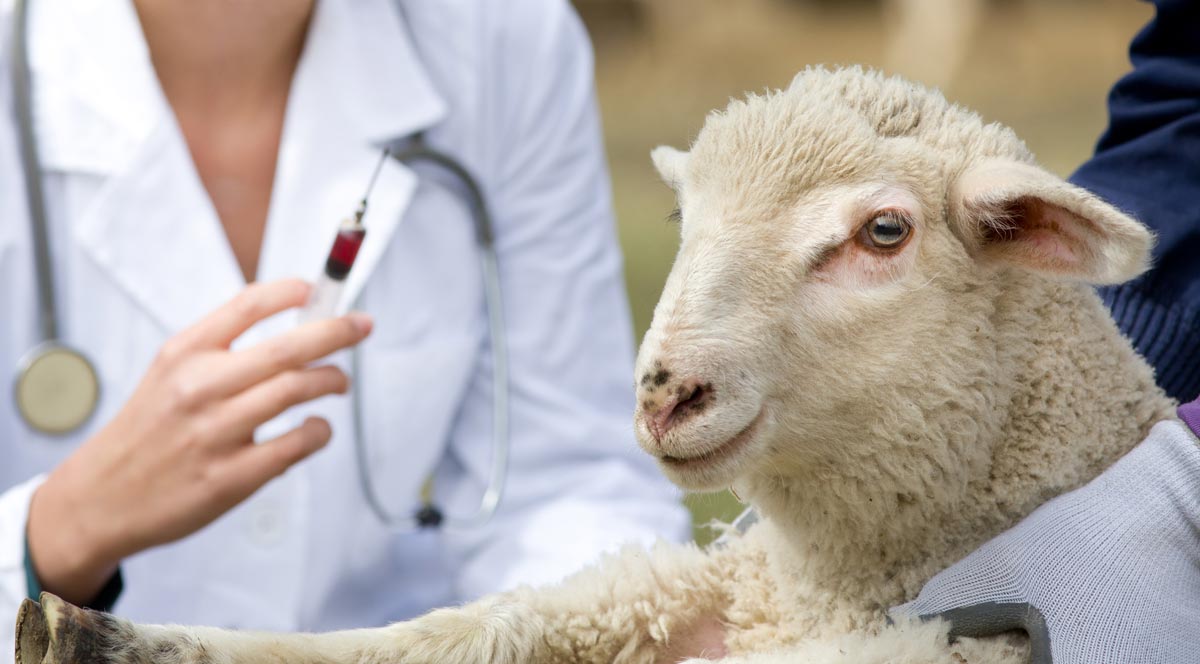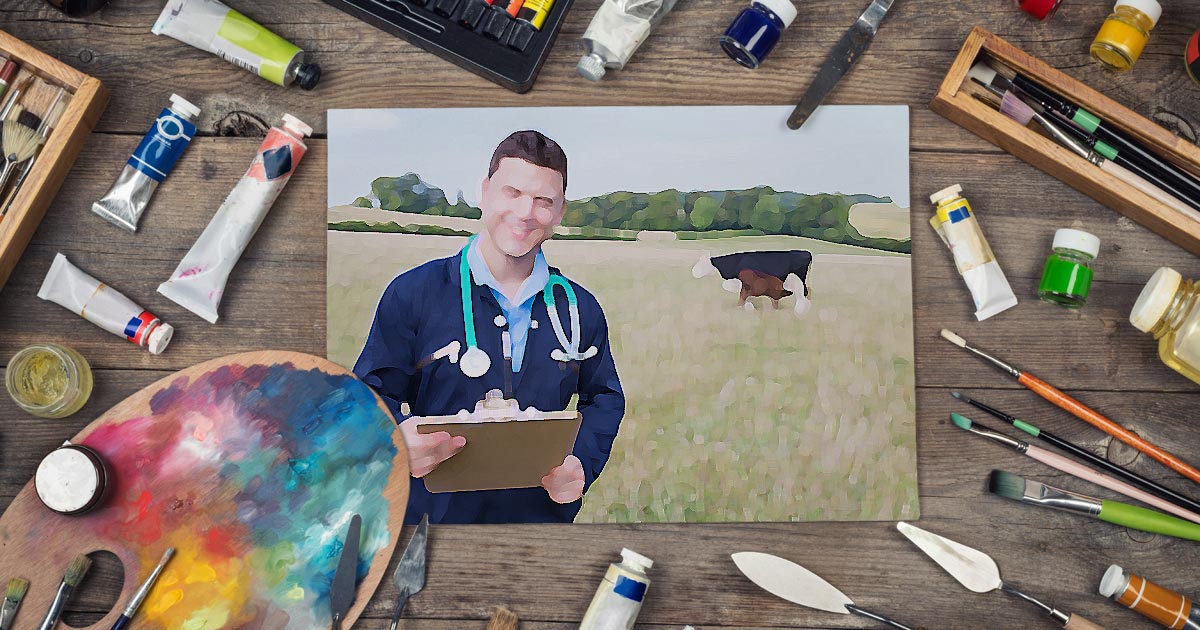Veterinary medicine, veterinary surgery, veterinary science; whatever you want to call it, veterinary has all these academic connotations – and rightly so.
But a lot of what we do is not black and white – very few “textbook cases” or one-size-fits-all diagnostic approaches exist. There are so many balls to juggle – client requests, patient (and client) compliance, budgets and personal beliefs – and no rules on how to do this, it’s just an art that every vet has to develop.
One recent case of mine in particular reminded me of this…
Someone else’s sheep
I had set off with a vet student in tow to see a sheep with a suspected broken leg. Now, not many of our sheep clients would be willing to spend the time and money trying to repair a fractured leg, but, on the phone, the farmer insisted he wanted us to try to repair it, despite thinking it “might be” broken.
On arrival, I called: “You alright?” (my usual rhetorical greeting), not expecting the answer I got.
“Well, not really, no,” he replied sullenly. “I’m not well, you see. I’m under treatment… but anyway, I was weighing the sheep and I just wasn’t quick enough. He jumped out and got caught, and now isn’t putting the foot down. They’re my grandson’s sheep, you see, I can’t leave it like that.”
He sighed deeply, clearly frustrated with himself.
“Don’t worry,” I said. “These things happen – lets take a look and see what we’re dealing with.”
Unusual circumstances
The farmer continued to mutter about how he shouldn’t be doing things on his own, while undoing the solid metal gate. I was expected a limping sheep, maybe with a leg at a slightly odd angle. However, the sheep in question had a dangling foreleg with a completely fractured metacarpal clearly protruding from an open wound.
At this point, the farmer’s wife turned up. Having not seen the sheep yet, she gasped in horror at the sight of it – presumably it was worse than she was expecting, too.
If I had been presented this sheep by any other client, I probably would have recommended euthanasia immediately, but the farmer had been insistent that he wanted it repaired. In fact, I think most other farmers would have just called the knacker man out instead of me at this point. But, taking all things into account, I don’t think it was just about the sheep.
Worst case scenario
There was no “maybe” about it – the leg was definitely broken, and they could both plainly see that. I explained the options – that, while we could attempt a repair, there was a very high chance of infection, which would ultimately be fatal – but I knew they wanted to at least try something before opting for euthanasia.
I was not optimistic about the repair. The vet student proved invaluable in helping to keep the leg still while I manipulated it, to reduce the fracture and cast it into position. Amazingly, it did realign nicely, and the fracture appeared to have missed the joint. While I felt that the bone would actually probably heal okay, I reiterated my concerns about infection and recommended that, in the case of any systemic deterioration, we would have to euthanise.

I came away from the visit in two minds: while I was happy with the cast, I was still convinced the sheep would die of infection. Should I have done the repair? Should I have been firmer with the farmer and euthanised the sheep on welfare grounds? Was it cruel to knowingly put the sheep at risk of potentially more suffering?
I told myself that the fracture was reduced, which eliminates most of the pain, and I’d given the farmer pain relief and antibiotics to continue afterwards. But was that enough?
The bigger picture
Veterinary medicine is not just about the animals – it’s bigger than that. Yes, animal welfare is our number one priority, but sometimes you also have to look at the bigger picture.
Farm practice is so frequently limited by money – often, the sheep isn’t worth the cost of repair; yet, in this case, it wasn’t about the money – it was about a man contemplating his own mortality, enabling him to tell his grandson he gave the sheep every chance, and giving a family something to hope for.
Okay in the end
When I visited the farm again to remove the cast, the sheep had been doing very well. After a bit of a battle to get the cast off (maybe the sheep was feeling too well!) the original wound had healed well and there were just some areas of rubbing from the cast. The sheep was still very tentative using that leg, but the owners were really happy with his progress.
I was fearing the worst while taking the cast off, so was pleasantly surprised – it had been worth it after all. However, I couldn’t help thinking that maybe we are too quick to decide euthanasia is the best option for farm animals.
As vets, I think we subconsciously do look at the bigger picture with small animal clients – maybe because they are more forthcoming with their own situations, be that financial or personal. While farmers can often be more clear cut because, ultimately, they are a business, we should do the same because large animal practice is as much of an art as small animal medicine.

Leave a Reply